Stump Puffball
Can be found in very large numbers but best used in mixed mushroom dishes due to their tofu like texture.
| Mushroom Type | |
| Common Names | Stump Puffball (EN), Coden Fwg Berffurf (CY), Purchawka Gruszkowata (PL), Körtealakú Pöfeteg (HU) |
| Scientific Name | Lycoperdon / Apioperdon pyriforme |
| Synonyms | Lycoperdon pyriforme, Morganella pyriforme |
| Season Start | Jul |
| Season End | Nov |
| Average Mushroom height (CM) | 7 |
| Average Cap width (CM) | 4 |
Fruiting Body
Starting spherical becoming slightly flattened or club-shaped. White turning cream to brown with a powdery finish when young. Darker umbo-like top which opens to release the spores.
Flesh
Pure white and soft when edible but inedible when the inside starts turning yellow then becoming brown and dusty as the spores form.
Habitat
Mixed woodland, pasture, commons and heaths, but always growing on old stumps or the roots of stumps underground. Can grow individually but usually in very large groups with the chance of finding more nearby.
Possible Confusion
Can be confused with very young Amanitas so the mushrooms should be sliced vertically, the stem and cap of the Amanita will be obvious.
The Earthballs from the Scleroderma family, pictured, can look similar but the tough nature of the mushroom and the dark, never pure white, interior should help avoid confusion.
Spore Print
Olive/brown.
Taste / Smell
Good but can be a bit ‘spongy’ in texture. Must be eaten while the flesh is still white throughout.
Frequency
Common.
Other Facts
Until recently it was a member to the genus Lycoperdon, but it got a new scientific name in 2017. Still the only member of genus Apioperdon.
Some of the Lycoperdon species look similar, but as long as their context (gleba) is white, all the light coloured Puffballs are edible, but care should be taken to save possible confusion with Earthballs (Scleroderma). Like the Giant Puffball (Langermannia gigantea) the spores can be used as a styptic so staunch blood flow or ‘puffed’ onto burns to help with the healing. The spores breathed in however can cause Lycoperdonosis, a lung disease, so care should be taken handling mature specimens.



 (16 votes, average: 3.69 out of 5)
(16 votes, average: 3.69 out of 5)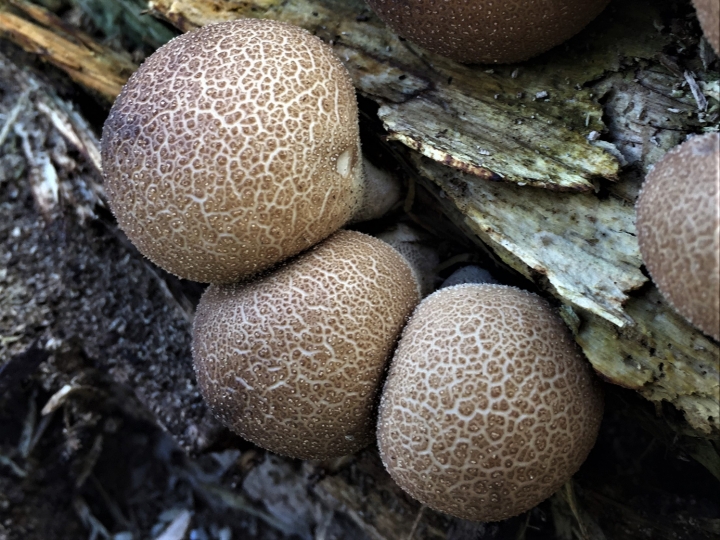















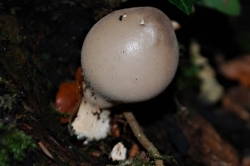
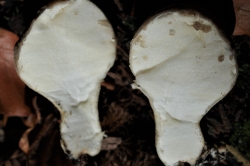
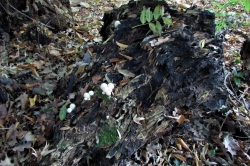
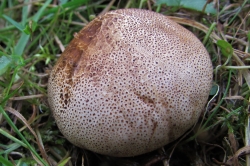


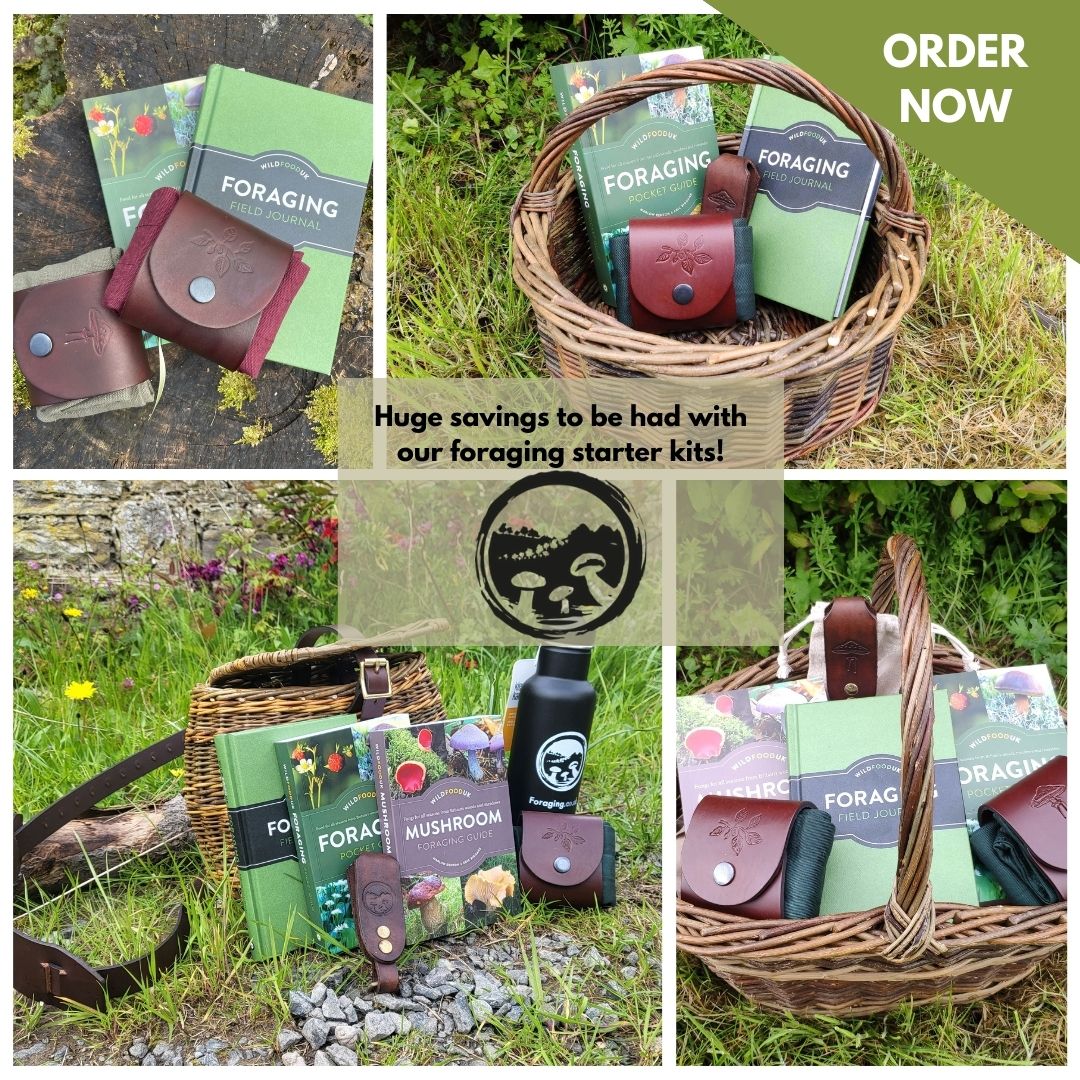



2 comments for Stump Puffball
Im not sure what the discerning qualities are between puffballs and earthballs. I know when you cut an earthball, it most likely to be black inside, so that is a distinction, but the early earthball is initially white inside. I know from other research that sometimes the puffball will have a stem, but for some stump puffballs they dont form. How else can i differentiated between an early earth ball which still has white flesh, and a stump puffball which has not shown signs of growing a stem? They look quite similiar to me in those periods. Does anybody have any other identifiers which will help me.
Earthballs are very tough and dense whereas Puffballs are soft and spongy. When an Earthball is very young the white flesh shows a perimeter line running a few mm in from the edge which a Puffball will not have.